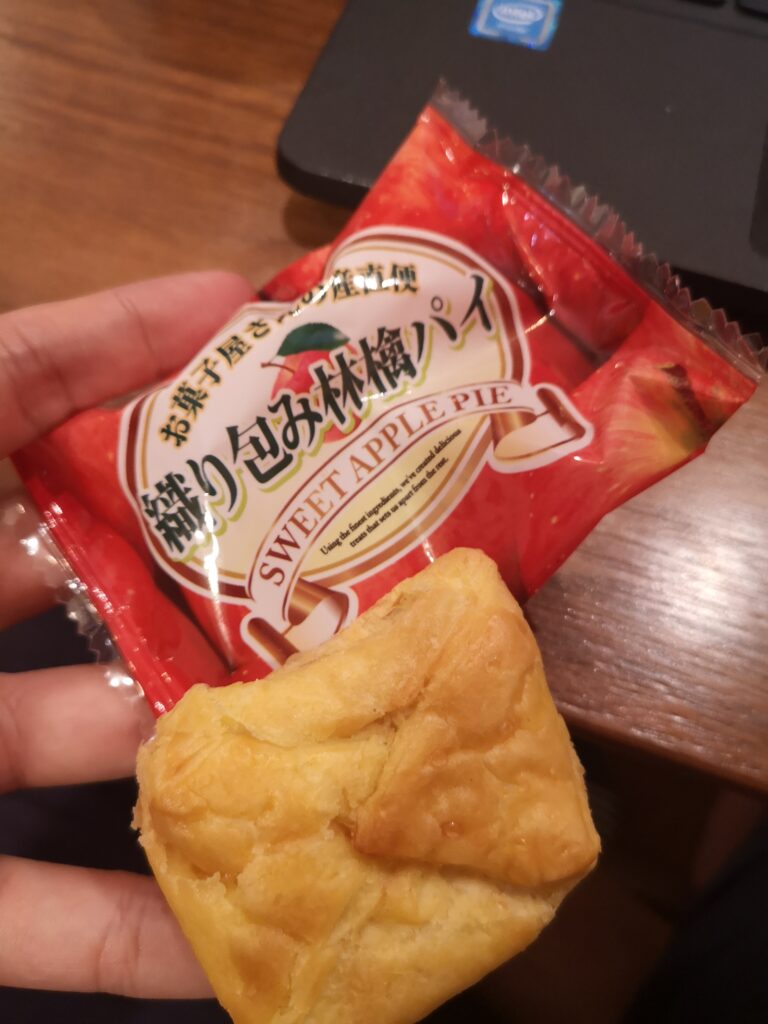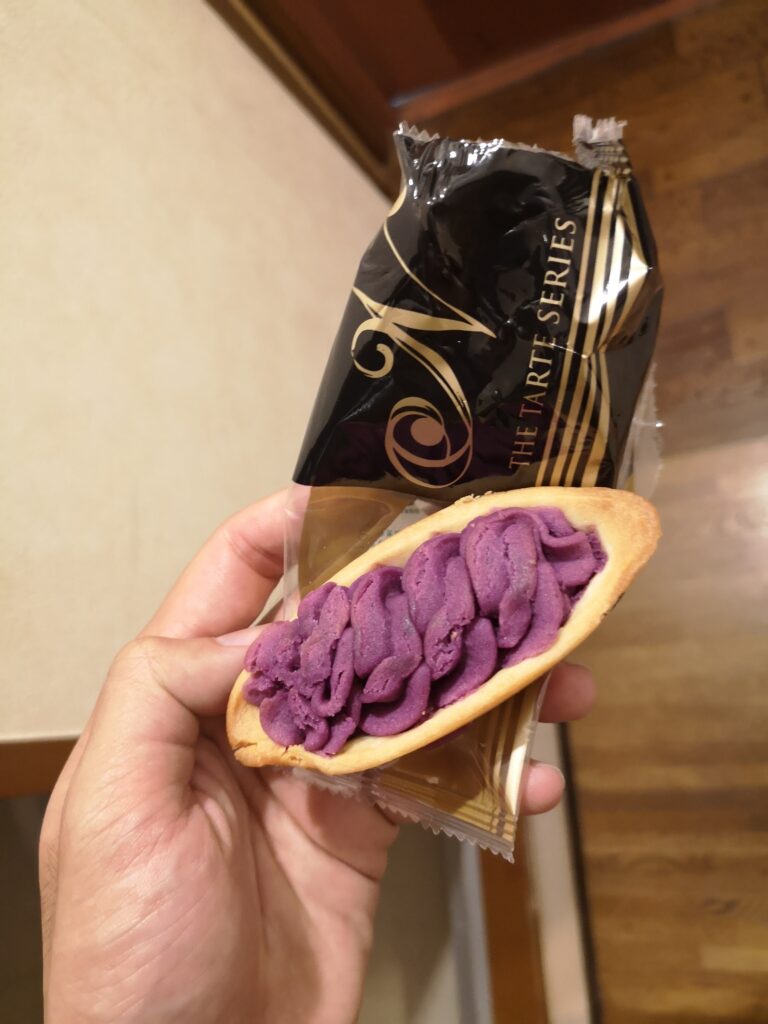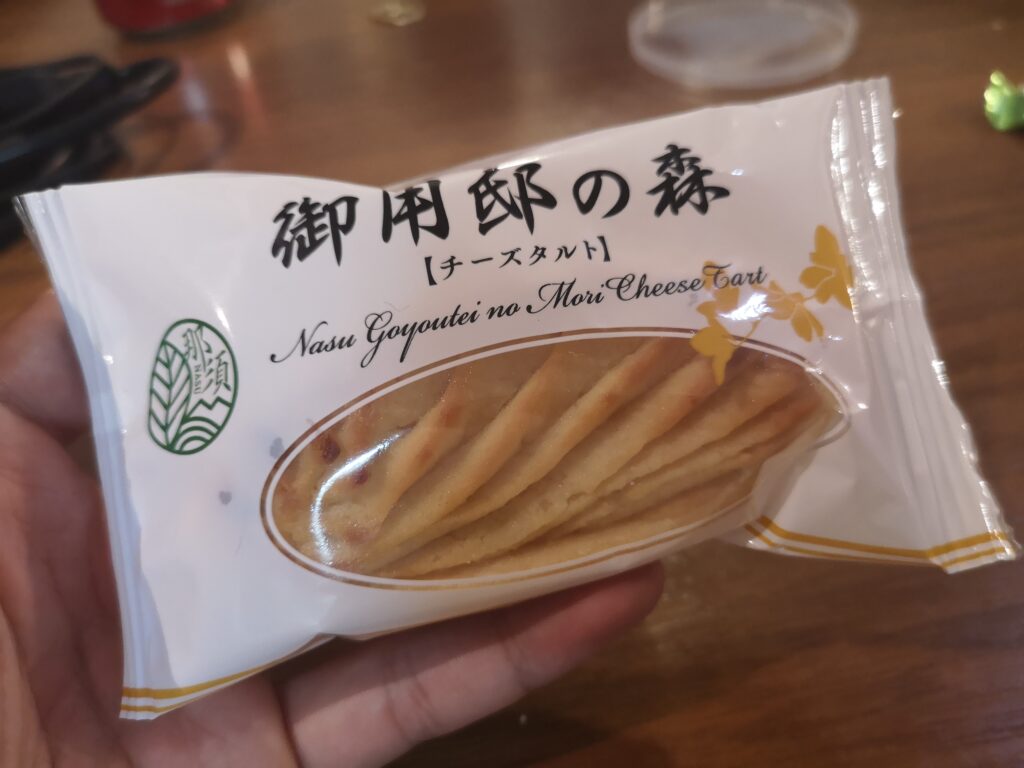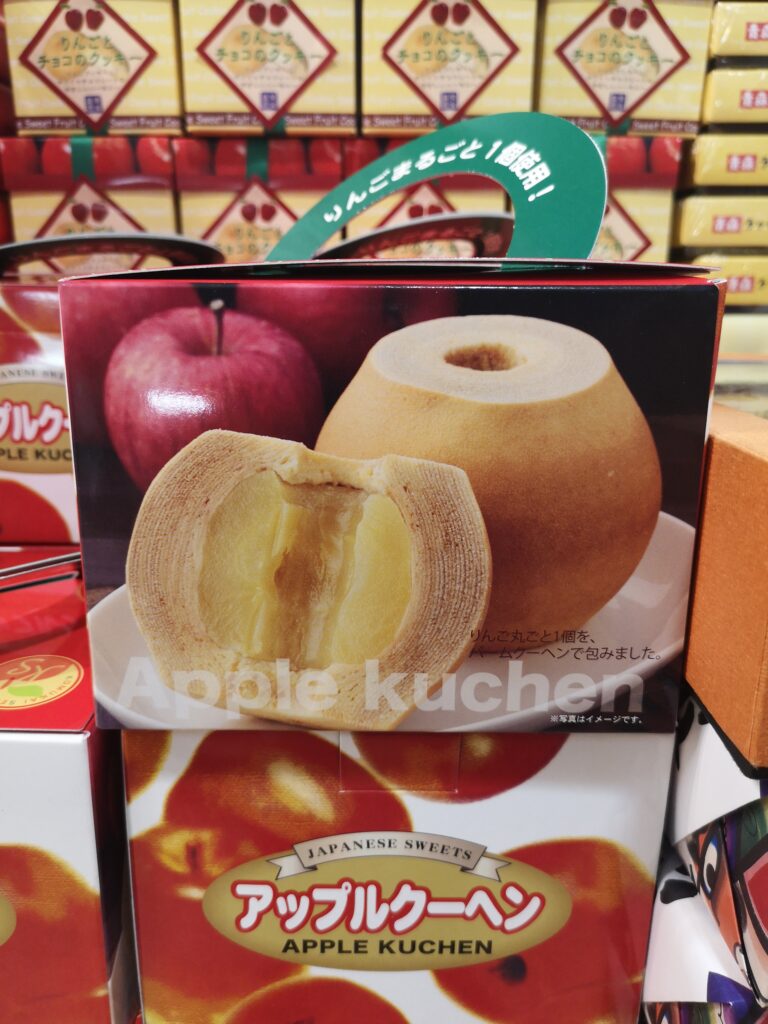During my time in Japan i observed and was able to take part in the interesting phenomenon of omiyage, which roughly translates to souvenirs, but is much more than just that. As with many other traditions, everyone knows how to do it, but noone knows where it comes from. As part of an assignment i did gather some sources and like to share those with you.
The Origin of Omiyage
In ancient times japanese people didn’t travel as a leisure activity a lot because it was dangerous and would face many hardships such as procuring food and lodging, since other villagers would avoid strangers. However, starting in the 18th century (mid Edo period) travelling to shrines and temples in groups became more common. It was still costly and dangerous though and not every member of a religious group or community could partake in such an event. So often times a representative was sent on this journey. By contributing a small amount of money (senbetsu) the representative was able to do the pilgramage, pray for every religious member and as a proof of his visit, brought a lucky charm (omamori) back to the village (Ikkai, 1988; Park, 2000, p. 84; Pigliasco, 2005, p. 183). As the country got more developed and travelling due to new railway systems more comfortable, the need for senbetsu decreased however the unspoken obligation of bringing something back stayed.
Implication to Today’s Time
Nowadays omiyage are used to abide cultural norms (keyword collectivistic culture, see Synodinos, 2001, p. 240). They are brought back for friends and family but also for work collegues (Pigliasco, 2005, p. 183) which are said to be an extension of the family (Synodinos, 2001, p. 240). Omiyage are purchased to let those, who remained at home, take part of the experience (Pigliasco, 2005, p. 183) and also to excuse oneself for not being able to work (Pigliasco, 2005, p. 188) . It also serves as a “status marker that shows the person has been abroad” (Witkowski & Yamamoto, 1991). Moreover, a proper omiyage is something special from the visited area (also called meibutsu).
As i learned, this is where marketing comes into play. In Japan it is very common, that each region has a local speciality – perfect for the domestic japanese traveller. Especially at train stations you can observe that there is always some local speciality omiyage stand in case you need a last minute souvenir. As most japanese homes are relatively small, food omiyage are particularly popular. Some examples include the Tokyo banana, apples from Aomori or the purple potato from Okinawa. Interestingly enough, Kitkat also diversifies its flavors across Japan and some are more prevelent than others in specific areas making them somewhat of a meibutsu as well. But not only Kitkat but other established brands such as Coca Cola or the Asahi beer brand try to create regional products to appear exclusive and unique.



References
Ikkai, M. (1988). The ‘senbetsu-omiyage’relationship: Traditional reciprocity among Japanese tourists. Anthropological Research on Contemporary Tourism: Student Papers from Berkeley, 61–67.
Park, M. K. (2000). Social and cultural factors influencing tourists’ souvenir-purchasing behavior: A comparative study on Japanese “Omiyage” and Korean “Sunmul.” Journal of Travel & Tourism Marketing, 9(1–2), 81–91.
Pigliasco, G. C. (2005). Lost in translation: From omiyage to souvenir: Beyond aesthetics of the Japanese office ladies’ gaze in Hawaii. Journal of Material Culture, 10(2), 177–196.
Synodinos, N. E. (2001). Understanding Japanese consumers: Some important underlying factors. Japanese Psychological Research, 43(4), 235–248. https://doi.org/10.1111/1468-5884.00181
Witkowski, T. H., & Yamamoto, Y. (1991). Omiyage gift purchasing by Japanese travelers in the US. ACR North American Advances. Accesssible under: https://www.acrwebsite.org/volumes/7150/volumes/v18/NA%20-%2018, last access: 09.05.2022
